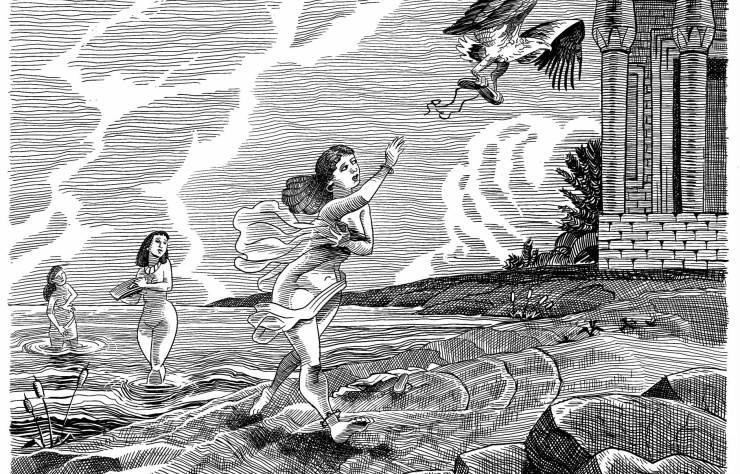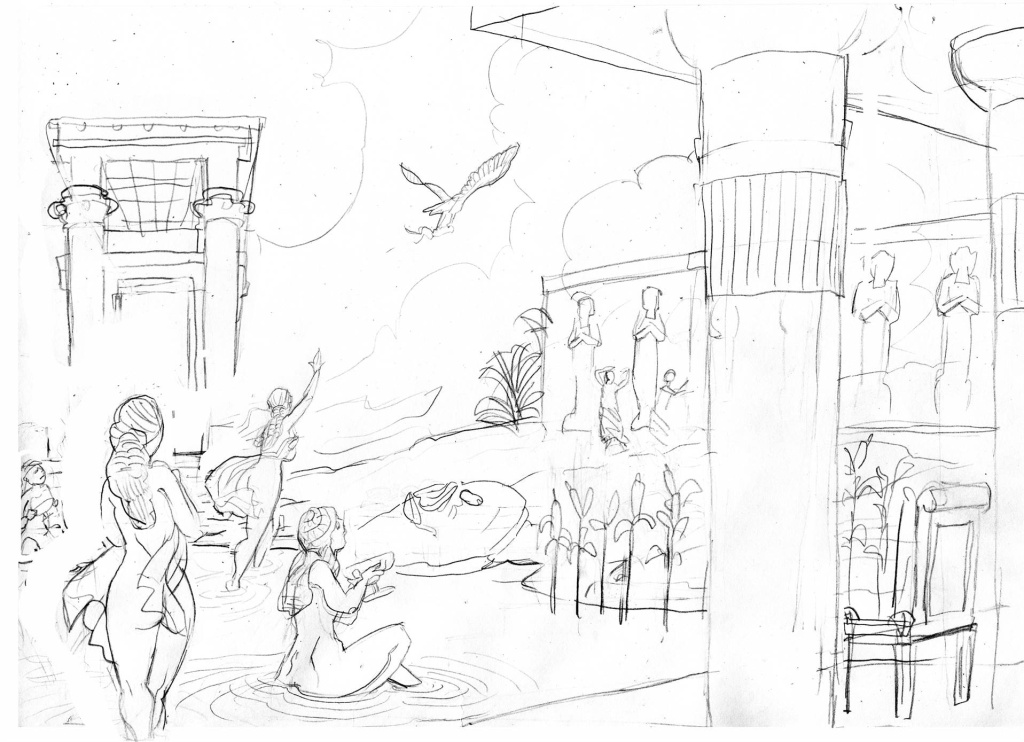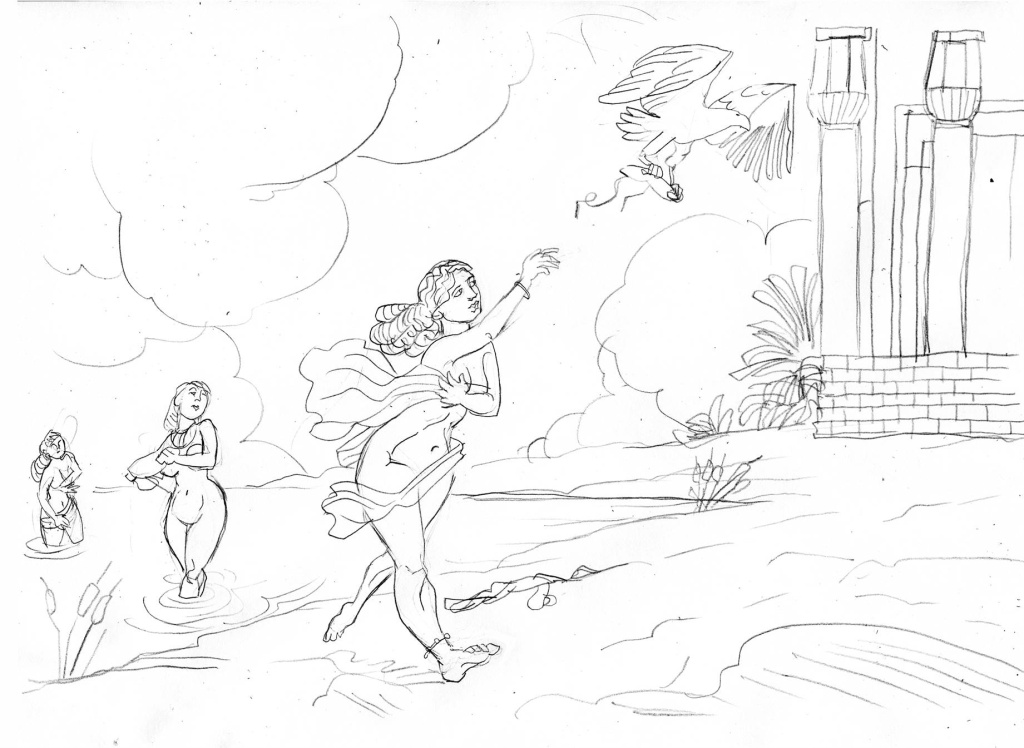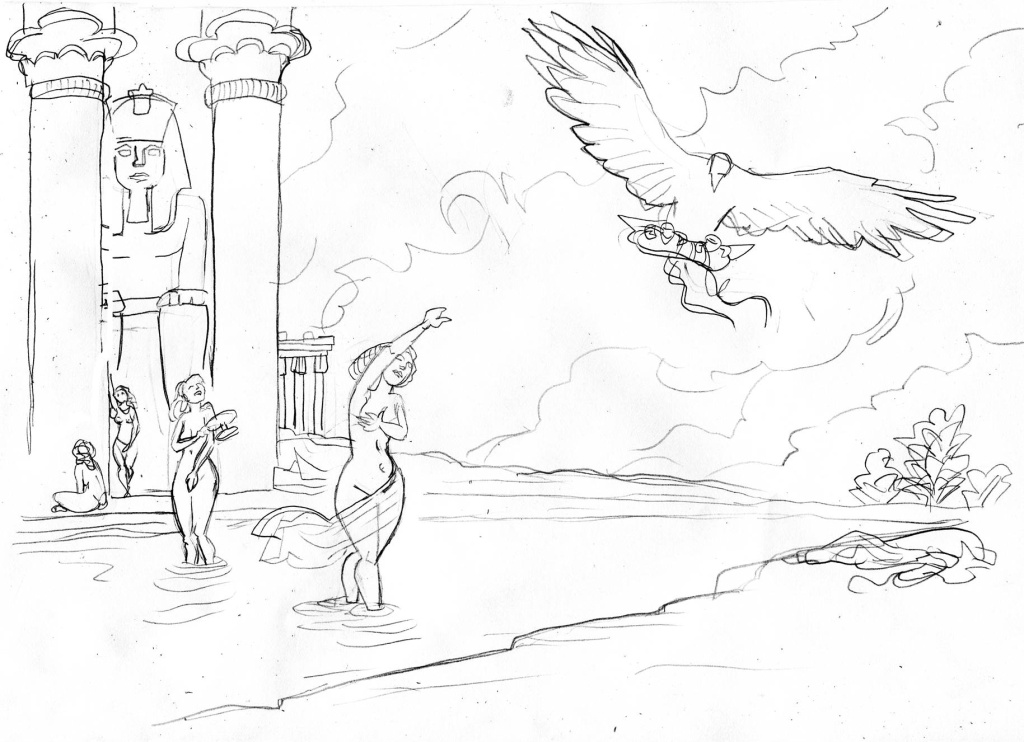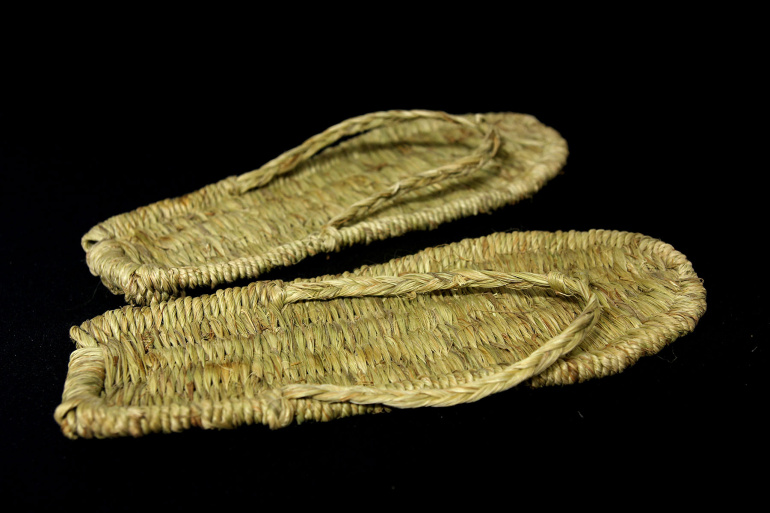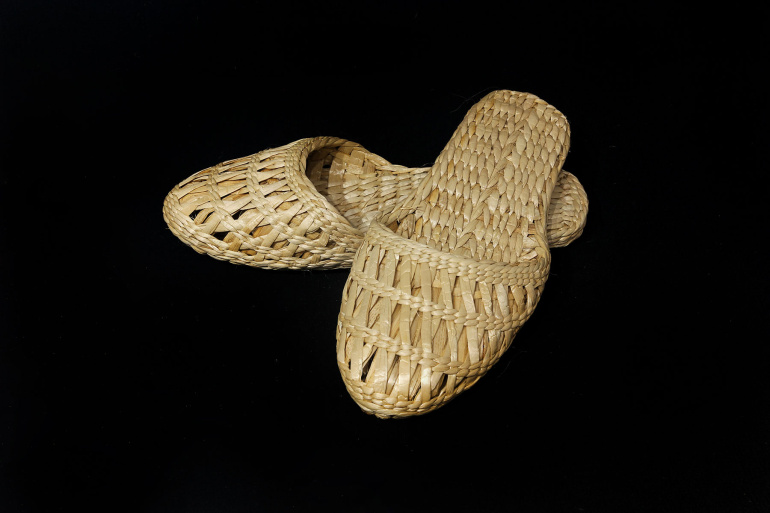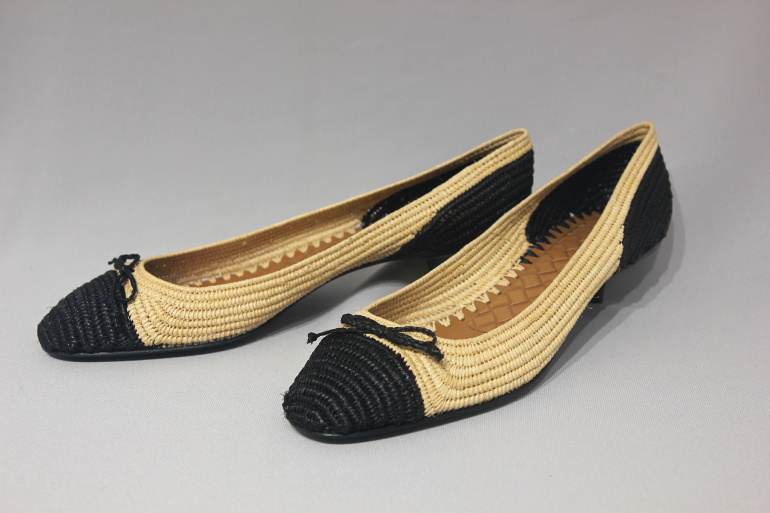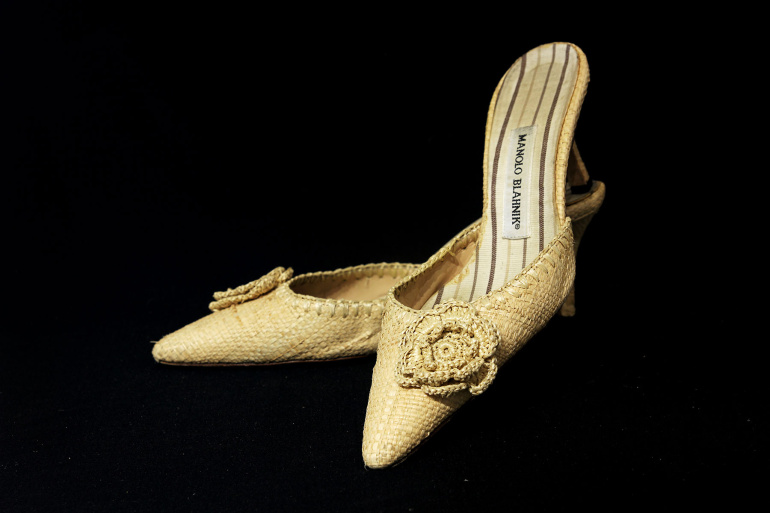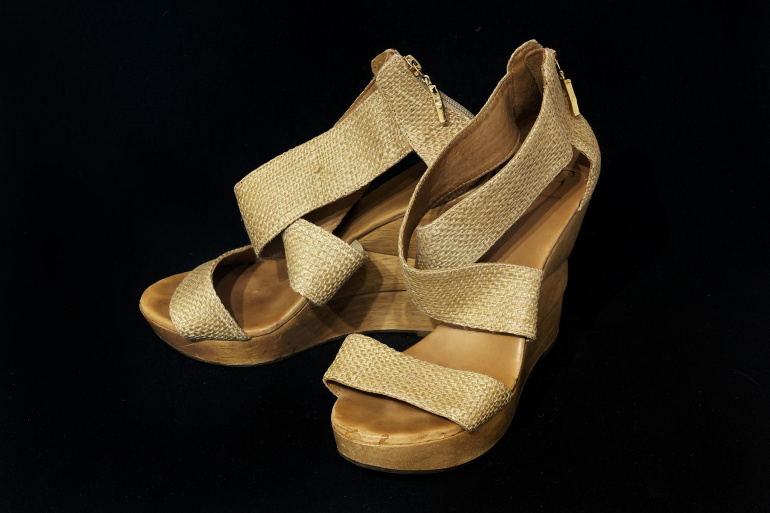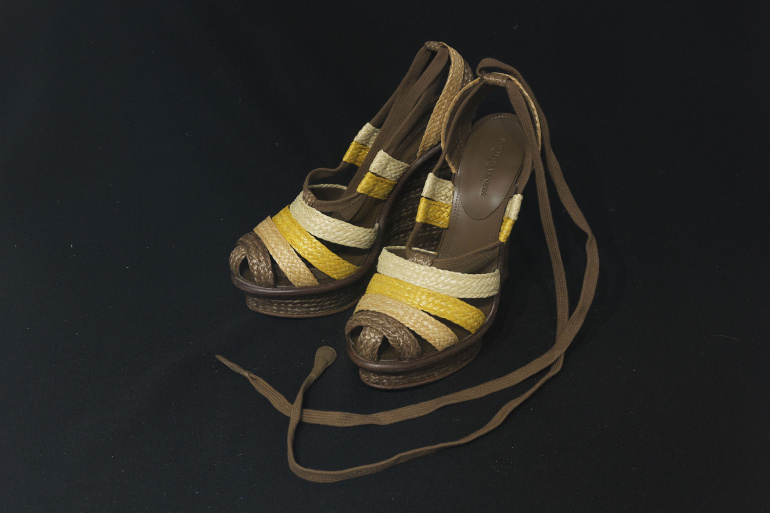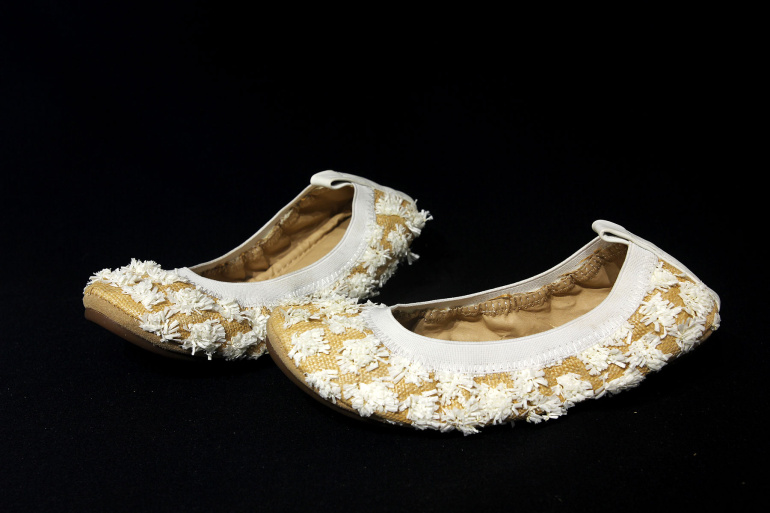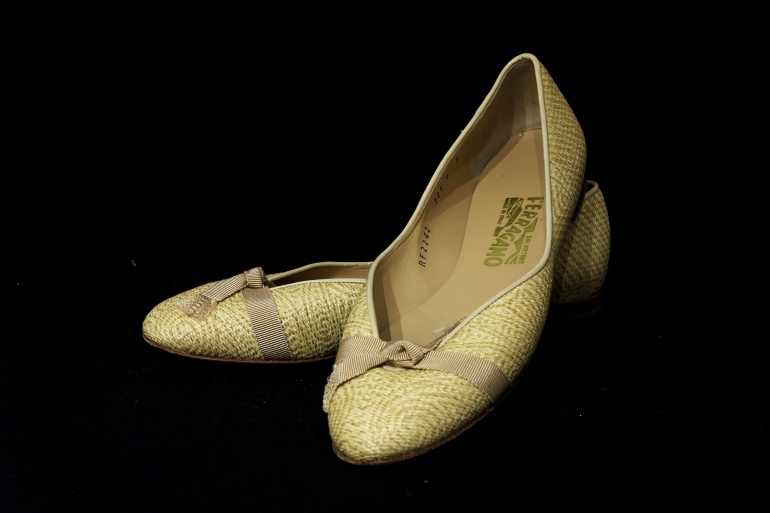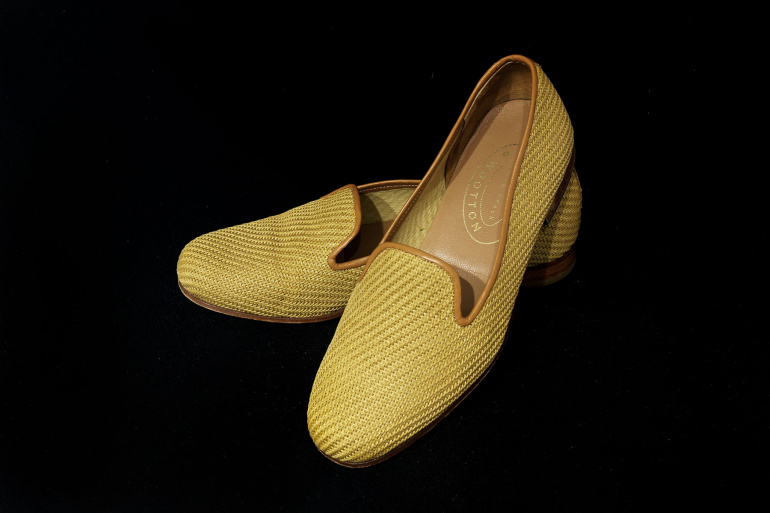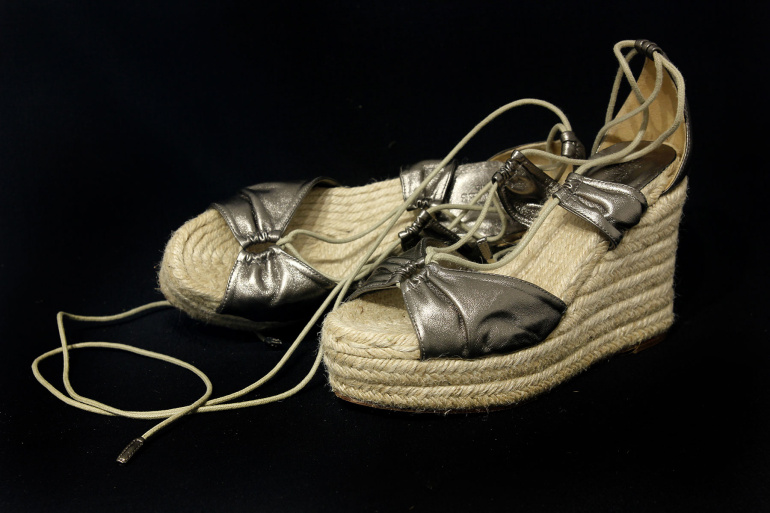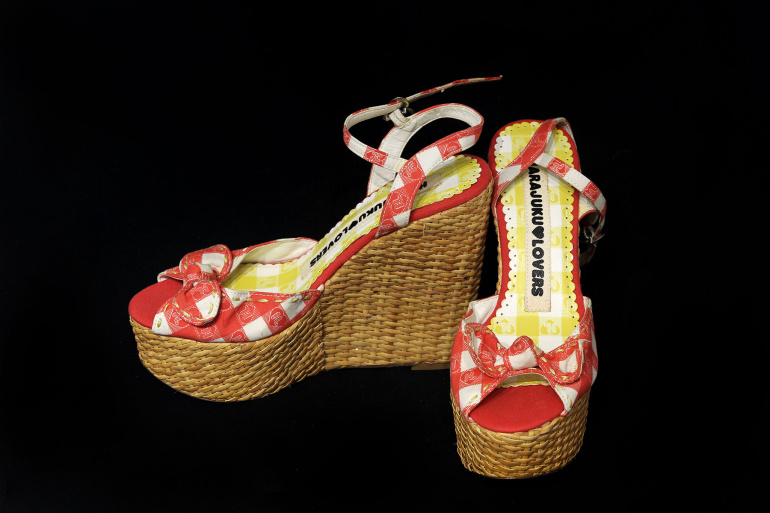In addition to protecting us from weather and other harmful conditions, shoes and perhaps to a lesser extent hats, have become a quasi-natural extension of our bodies. We mostly get physically separated from shoes or sleepers when we are in bed or when our feet are otherwise not on the ground. They somehow play a magic role in our lives. If only we had flying sandals like Mercury?
Who can forget the magic role of the shoe of Cinderella lost in stairs while she was running? Cinderella’ myth is very ancient and is found in many cultures. Among its oldest versions is the story of the Rhodopes, whose wicker slipper was snatched by an eagle while she was bathing.
RHODOPIS, CINDERELLA AND NEFER: THE STORY BEHIND THE PICTURE OF THE STORY!
The illustration that depicts the girl Rhodopis having her sandal stolen by an eagle was meant to emulate 17th and 18th century engravings, both in composition and rendering. Inking being my favourite part of drawing I jumped with joy at the chance I was offered to go “old school” and produce a picture that could pass as the illustration of Rhodopis’ tale in an old book. If I only knew what level of artistry it took to draw all these tiny, thin lines that depict-at the same time-shape, texture and light play!
Normally it would take a lifetime to master such an Art and the deadline was approaching rapidly-luckily, I work with digital media and had at least one ace up my sleeve: the undo option!
The process involved creating some preliminary sketches and various pencil versions just to make sure we had a good picture in our hands before getting on with the tricky part (you know, the thin lines). Some earlier sketches included more people palaces and Egyptian statues but ended up feeling rather pompous and “Elizabeth Taylor/Cleopatra” like. Finally, we went for the more direct approach and opted for a simple image with a humorous feel to it. Imagine a video like “Girl Gets Her Sandal Snatched By An Eagle”. Now how many hits would that get in 18th century social media?
Some people who were shown the work in progress pointed out something that felt like a mistake. While the rest of the bathing girls have “Egyptian” hair, Rhodopis’ looks rather Ancient Greek. However, that was intentional. Since the tale is recounted by the Greek Strabo who lived at the end of the Hellenistic period, a time where Egypt was one of the Hellenistic kingdoms, a mix-up of styles and cultural influences felt right. After all, Rhodopis is a Greek name (Ροδώπις) meaning the one with rosy cheeks. According to some versions, she was born in Greece, but pirates abducted her and sold her as a slave in Egypt. It is also possible that Rhodopis was not Greek but came from a Greek cultural background or finally, Strabo changed her Egyptian name to sound more Greek like, just like Herodotus always did. Anyway, there was a Hellenistic vibe here that I thought had to be addressed.
On that note…At a recent comics convention, a lady approached my bench and showed great interest in some prints of the illustration I had on display. However, she stressed out that I had gotten it all wrong: that was not Rhodopis but Nefer, the wife of the pharaoh Ramses the second, whose tale she was taught during her childhood. I tried to explain her that the missing slipper story was not unique and had many variations all over the world but she wasn’t keen on sharing Nefer’s story with other “Cinderellas”. Anyway, it turns out that Ramses did have a wife called Nefertari but I couldn’t find any mention of her being a former slave girl or having eagle problems. If I do, I might have to go back and change that hair…

